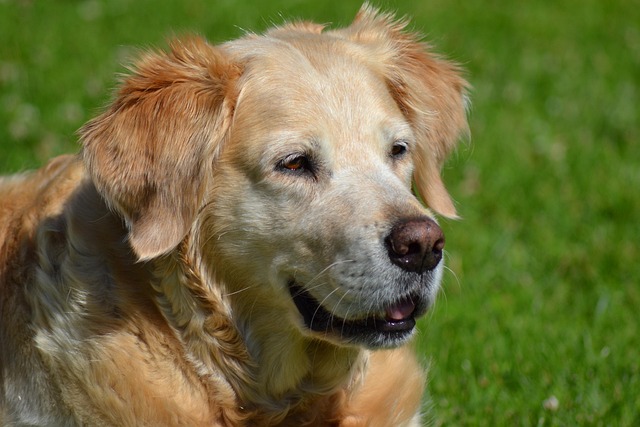
How do i train my dog to be obedient?
Watching your dog dart across the park ignoring your calls isn’t just frustrating—it can put them at risk near busy streets or public spaces.
That low growl when the delivery driver approaches your porch or the frantic barking as guests ring the doorbell—if your dog struggles with strangers, you’re not alone, and it’s a common concern for American dog owners living in bustling communities. The goal isn’t to force your dog to love every person they meet, but to teach them to feel safe and remain calm, viewing strangers as a neutral or even positive part of their environment. This process is deeply rooted in the science of classical conditioning, where we work to change your dog’s emotional response. The core principle is simple: the presence of a stranger must predict wonderfully good things, like delicious chicken or their favorite squeaky toy, thereby building a new, positive association where fear or suspicion once existed.
The practical application of this requires immense patience and a proactive strategy. Start by identifying your dog’s "threshold"—the distance at which they notice a stranger but can still see them and comfortably take a high-value treat. This might be 30 feet away in a park. The moment your dog spots the person, start calmly feeding them tiny pieces of chicken. When the stranger moves away, the treats stop. This teaches your dog that "stranger appears = chicken rains from the sky." Gradually, over multiple sessions, you can decrease this distance. It’s crucial to never force an interaction; let your dog choose to approach if they feel comfortable, and always advocate for them by asking people not to pet them directly. A simple, "He's in training, thank you though!" is a perfectly acceptable phrase that respects both your dog’s space and your neighborly relations. This is especially vital in apartment building elevators or lobbies, where space is confined; teaching your dog to go to a designated "place" mat and settle can provide them a safe job to do instead of feeling pressured to interact.

This entire approach is built upon the cultural bedrock of positive reinforcement and animal welfare, which is the standard across the U.S. and Europe. Using intimidation, harsh corrections, or aversive tools to suppress barking or fear is not only culturally frowned upon but is scientifically proven to backfire, often making a fearful dog more likely to escalate to a bite as they feel trapped. Your responsibility extends to legal compliance as well. Any training done in public spaces, like your local downtown area, requires your dog to be up-to-date on all vaccinations, particularly the rabies vaccine as it’s mandated by state law. Furthermore, even during a focused training session on a busy sidewalk, your duty to clean up immediately after your dog with a bagged waste disposal is absolute. Remember, for dogs with severe anxiety or a history of fear-based reactivity, consulting a professional force-free trainer or a veterinary behaviorist is the safest and most effective path. They can provide a tailored plan to help your dog feel secure, ensuring everyone—your dog, you, and the strangers you meet—remains safe and respected.

Watching your dog dart across the park ignoring your calls isn’t just frustrating—it can put them at risk near busy streets or public spaces.

New puppy owners often find themselves rushing to clean up accidents before they set in, and that’s where puppy pad training becomes a game-changer.

If you've noticed your dog's waistline disappearing and your veterinarian has mentioned those few extra pounds, your first instinct might be to simply reduce the amount of food in their bowl.

Training a dog to use a designated spot indoors isn’t as daunting as many new owners fear, but it does take consistency and an understanding of your pet’s needs.

That moment of dread on a walk is all too familiar for many new dog owners. You see another dog approaching down the sidewalk of your neighborhood

If the sight of another dog on your neighborhood walk makes your heart sink as your own dog erupts into a frenzy of barking and lunging, you're not alone.